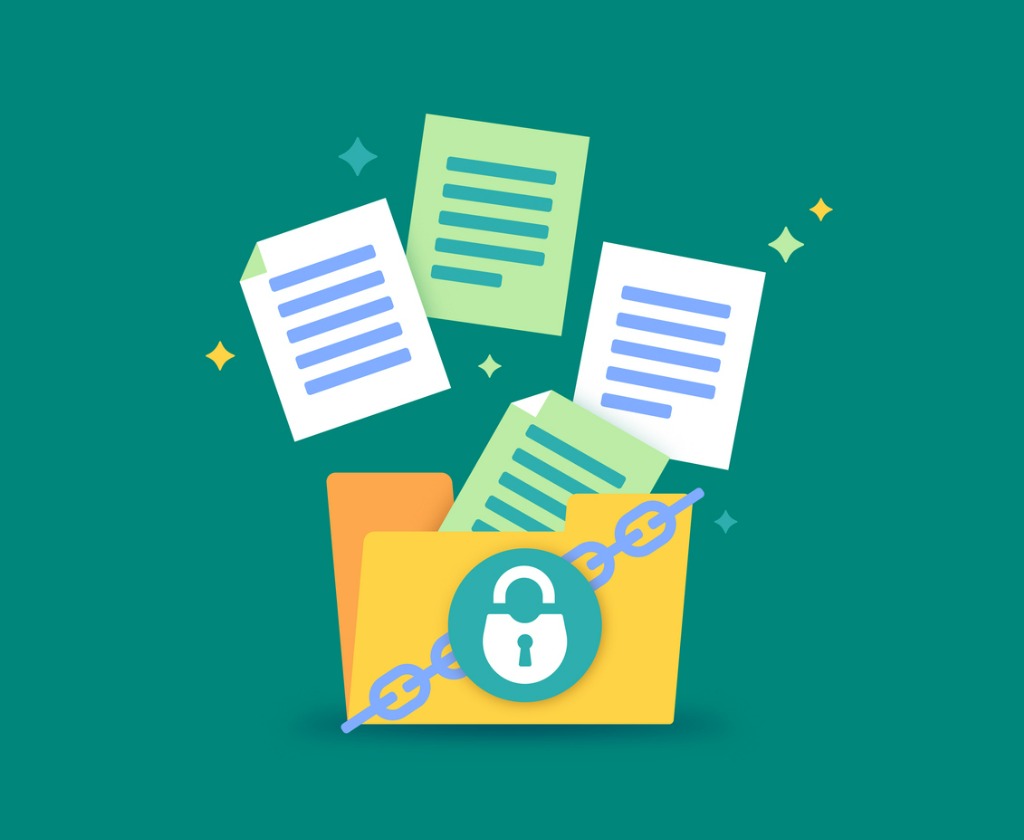Today’s digital transformation era has proposed opportunities for businesses of all industries to transform business processes like never before. Like everyone else, the Mining and Energy industry saw an opportunity in digitalization to introduce cost-effective practices into their business enterprises.
But as we always hear, it’s never easy to traverse the cloud—especially with cyber risks continuing to rise.
APAC alone has seen a staggering 168% increase in cyberattacks from 2020 to 2021. Indonesia, specifically, has recorded the third-largest increase among APAC countries and the second-highest ransomware attacks in the world in 2021.
So, how can the Mining and Energy enterprises ensure data protection in the cloud?
Building Your Cybersecurity
While you may be focused on taking advantage of the benefits of the cloud, one important aspect you should also be looking into is your cybersecurity plan.
What is cybersecurity for? It ensures that your cloud environment is safe and that your data is never lost.
With many factors to consider—how critical your data is and the data regulations, you need to comply with, for instance—you need to be aware of what you are protecting and how best to protect it.

The Role of Backup
There are various defenses to put up to ensure that your cybersecurity is holistic and secure. Essentially, it’s important that you have a proper defense—and disaster recovery plan—in case an unexpected risk arises.
This is why it all boils down to having a proper backup.
With your data backed up, you can rest easy knowing you always have an extra copy of your file, folder, or documents in case it gets corrupted, deleted, or lost. This way, you never have to worry about losing business-critical data!
Restore Capabilities Are Equally Crucial!
Having extra copies of your data isn’t enough, though. What’s the use of a file copy if it can’t be restored?
Backup goes hand in hand with your disaster recovery. With the right restore functionalities, you’ll have the capability to:
- Restore your file copy swiftly and accurately so business processes are disrupted as minimally as possible
- Restore the latest copy of your data in its previous location or to another place
- Have the option to recover comprehensive data (such as multiple files) or granular data (such as a single document)
To put it in simpler terms, having backup and restore capabilities allows you to continue your business operations in the case of cloud risks such as disasters, cyberattacks, or outages.

Data Regulations and Policy Planning
The role of backup does not end with defense against cloud risks. As a Mining & Energy enterprise, there are data regulations you may need to comply with.
The archiving and retaining of data is also crucial in determining how you should keep your data. For strategic holdings, policy planning and stricter government rules must also be considered.






